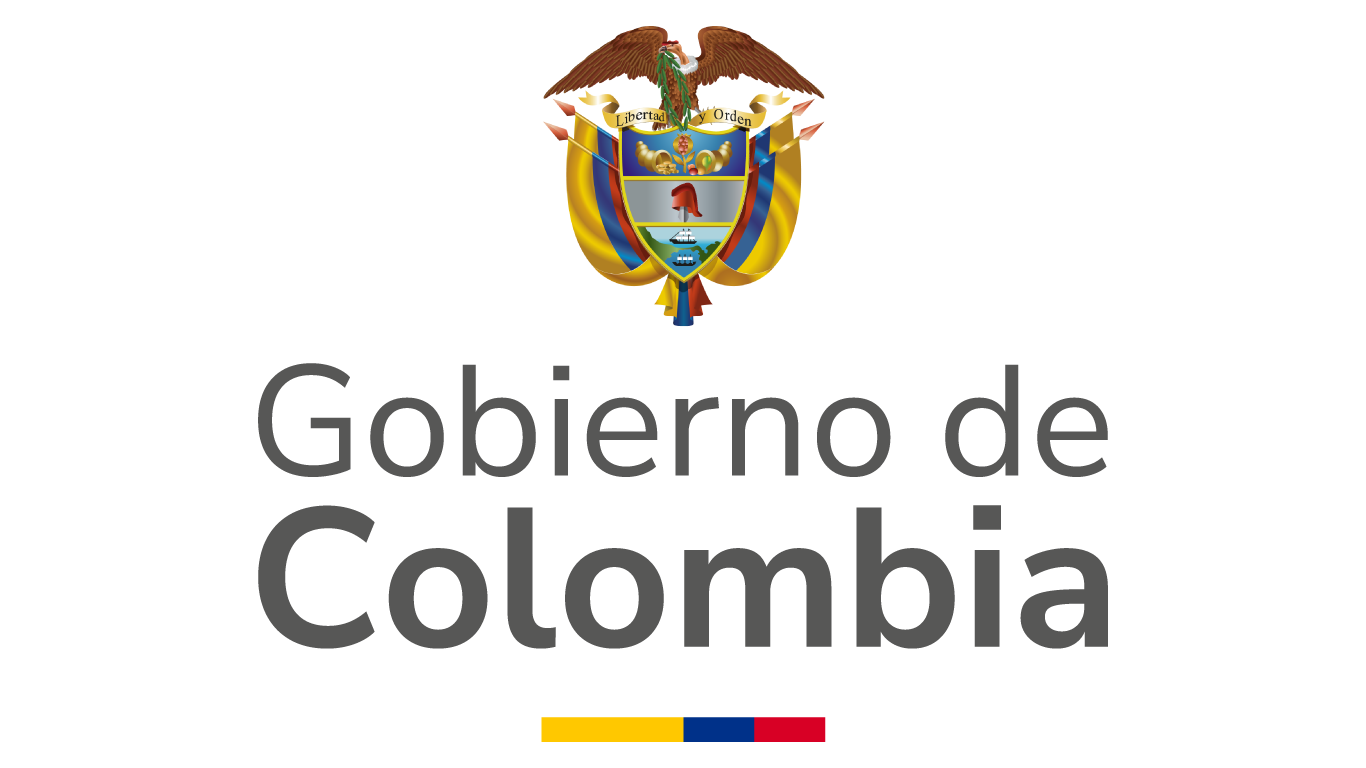Antipersonnel Mine Ban Convention
The Convention on the Prohibition of the Use, Stockpiling, Production and Transfer of Anti-Personnel Mines and on their Destruction; also known as the Mine Ban Convention, or Ottawa Convention was Adopted in Oslo, Norway, on 18th September 1997, and opened for signature in Ottawa, Canada on December 3, 1997.
This Treaty bans the use of anti-personnel mines; as well as to develop, produce, acquire in any manner, stockpile, retain or transfer to anyone directly or indirectly anti-personnel mines; help, encourage or induce, anyone in any manner to engage in any prohibited activity to a State Party in accordance with the Convention. Each State Party also undertakes to destroy or ensure the destruction of all anti-personnel mines. The intended purpose of the Convention is to put an end to the suffering and human losses caused by anti-personnel mines. In addition to the measures listed above, State Parties carry out important efforts in the fields of mine clearance, mine risk education, and victim assistance.
During the First Review Conference of the Convention, held in Nairobi, the international community met at the highest political level with the purpose of reviewing the actions undertaken so far to face the problems caused by anti-personnel mines. The States Parties adopted then the Nairobi Declaration and Action Plan.
The Second Review Conference of the Convention on the prohibition of anti-personnel mines took place in December 2009 in Cartagena, Colombia. There, the Cartagena Declaration and Plan of Action were adopted. These documents served as guidelines to the Convention’s implementation during the period 2009-2014. The Cartagena Conference and the principles adopted in it, show Colombia´s strong commitment to the international instruments that regulate weapons of humanitarian impact, and the comprehensive approach implemented by our country in the protection of victims.
In June 2014, the III Review Conference of the Convention was held in Maputo, Mozambique. As a result, in addition to the Maputo Declaration and Plan of Action, important modifications to the institutional architecture were adopted to support State Parties in the accomplishment of their obligations under the Convention and to its implementation. Four new Committees were created:
- Committee on Article 5 implementation
- Committee on cooperative compliance
- Committee on victim assistance
- Committee on the enhancement of cooperation and assistance
This structure responds to the challenges resulting from the evaluation of the 15-year period in which the Convention has been implemented. The path towards realizing the goal of total elimination of anti-personnel mines has components of humanitarian action and disarmament. In this sense, the structure established pursues: the universal adherence to the prohibitions of the Convention, among them the destruction of stockpiled anti-personnel mines, the clearance of contaminated territories and the provision of victim assistance. To this end, the States Parties to the Convention receive the support of the Mine Ban Convention Implementation Support Unit .
When the II Review Conference of the Convention was held in December 2009, the Convention had 156 States Parties. This number increased to 162 by the time the III Review Conference ended, in June 2014.
Colombia and the Mine Ban Convention
As State Party to the Mine Ban Convention since April 1st 2014 (Law 554 of 2000/ Sentence C-991 of 2000), Colombia has shown a continued commitment to the total elimination of this kind on weapons. As one of the countries that suffer the most from the indiscriminate contamination caused by the use of mines by illegal armed groups, Colombia has deeply committed to the implementation at the national level of the Convention.
The relevance of the commitments adopted during the Cartagena Second Review Conference in 2009,make them remain an invaluable legacy in the implementation of the Convention. The introduction to the Action Plan adopted in Maputo recognizes, it will build upon the achievements of the Nairobi and Cartagena Action Plans. In particular, in the area of victim assistance, the Maputo Action Plan indicates that “actions taken under this Convention to fulfil the solemn promise to mine victims have proven vital and commitments under the Cartagena Action Plan remain valid and should be acted upon”.
Colombia has also participated actively in the activities related to the implementation o and follow up to the Convention in Geneva, where the Implementation Support Unit to the implementation of the Convention operates. Those activities include holding the responsibilities of Co-Chair of the Committee on Mine Clearance (2012) and the Co-Chair of the Victim Assistance Committee (2013). For the period covering September 2014- August 2016, Colombia, together with Indonesia, Mexico, and Switzerland will make part of the Committee on the Enhancement of Cooperation and Assistance.
As part of the work carried out together with Austria in the Victim Assistance Committee in 2013, Colombia contributed with the document “Guide for comprehensive assistance to boys, girls and adolescents landmine victims”, produced by the Directorate for Comprehensive Action Against Antipersonnel Mines – DAICMA . This entity (DECREE 1649 of 2014) coordinates different aspects of the Comprehensive Action against Antipersonnel Mines in the national territory, including the work of competent agencies, the implementation of related policies and the cooperation received from the international community.
The city of Medellin, Colombia, hosted in April 2014 the International Conference “Building Bridges between Worlds”, on victim assistance to victims of landmines, unexploded ordnance and improvised explosive devices. This event was sponsored by the European Union, and had the purpose of discussing the establishment of synergies between the spheres of human rights, the world of disabilities, International Humanitarian Law and victims of landmines and other explosive remnants of war.
Colombia´s participation in the Maputo Review Conference (June 2014), besides providing an opportunity to continue to contribute in matters of victim assistance, focused on achieving documents that reflect an accurate representation of the particular situation of the countries affected by landmines. This approach was based on achieving sustainability in the implementation of the Convention through the principle of national ownership.
Colombia continues to face challenges related to mine clearance as illegal armed groups constantly contaminate the national territory. The Government of Colombia requested the Tenth Conference of States Parties to the Convention, held in 2010, an extension to achieve the de-mining of the national territory. This request was accepted, and an extension granted until the 1st March 2021.
- PDF: Statement by the Permanent Representative of Colombia in Geneva at the Opening Ceremony of the III Review Conference in Maputo, Mozambique, 22 June 2014 (English)
- PDF (Spanish): Statement by Colombia on the High Level Segment of the III Review Conference, Maputo, Mozambique 26 June 2014.
- PDF (Spanish): Statement by Colombia on Article V Implementation, delivered at the III Review Conference, Maputo, Mozambique., 23 June 2014.
- PDF (Spanish): Statement by Colombia on Cooperation and Assistance delivered at the III Review Conference, Maputo, Mozambique, 24 June 2014.
- PDF (Spanish): Statement by the Permanent Representative of Colombia in Geneva at the “Building Bridges Event” during the III Review Conference, Maputo, Mozambique, 25 June 2014.
- PDF (Spanish): Statement by the Permanent Representative of Colombia in Geneva on the compromise language agreed on 2025, III Review Conference, Maputo, Mozambique, 25 June 2014.








